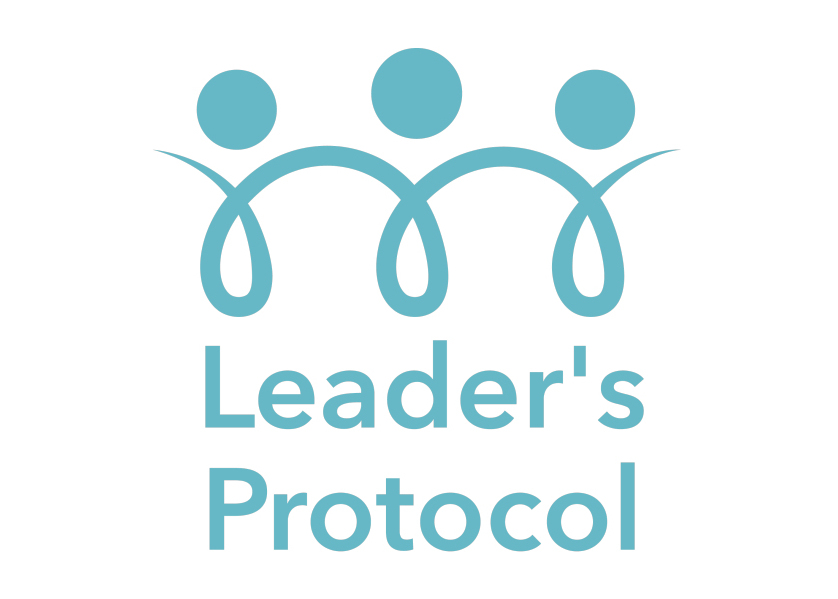To create sustained velocity and progress, creating an environment that emanates ownership, accountability, and fundamentally trust between leaders becomes an immense differentiating competitive advantage.
Enthusiasm was high at this stage and for a number of reasons. Some wanted to get this process out of the way so they could just get on with their work – that’s fair enough, but everyone had to be on the same page and collective understanding is critical. Some enjoyed the process as a cathartic experience, shedding a lot of frustration or learning something or just getting to know colleagues a bit better. It all makes for a constructive working environment for me! So, how were we going to do this? The rubber hits the road and we need to demonstrate:
- Creating momentum with tangible outcomes
- Understanding what’s working and what’s not
- Knowing who’s accountable for what
- Making sure the environment is conducive to learn and progress
Engagement was vital throughout this stage. The targets are devised and owned by the team, they are not “done unto”. So the whole process of “making progress” must be relevant and authentic to the people who are doing the heavy lifting. Any “Going through the motions” at this stage is potentially fatal.
Placing bets
The appetite in the room for success was really positive, along with a sense from the team leaders of “We’ll prove we’re right” about their leading indicator choices or as we called them “bets”. We dedicated a session to how progress would be measured by whoever owned the metric. This proved to be a challenge. In no time, we had a multitude of measures – on reflection everyone involved in the particular target wanted a measure that they related to best. That meant many measures for one target. A guiding principle of this part of the process is that the measure has to be something those delivering it can rally around and know exactly how they’re doing. It does not mean that is the only measure that matters, but it’s the only one that matters to them. Getting people to place bets on their actions can cause a lot of looks around the room … “You go first”, “No, after you!” I was asking people to effectively say “If I do this, then I predict that will result in xyz” (where xyz is a company goal – invariably, almost always a lag measure, which means by the time you know if you’ve achieved it, its history. The openness of the team to share their concerns was admirable. In essence, “I’m going out on a limb here, I may be wrong. I don’t want to get thrown under a bus if I am!” Rationally, the benefit of leading indicators is that you can tweak your hypotheses and bets as you see the effect of what you’re doing, so this helps mitigate the problem. Emotionally, things were a little different. People were being asked to own their measures – the choice of measure, the performance standard, and explicitly know and understand how their decisions contributed to the company strategy. That’s a big change curve to navigate and quality time was given to reinforce the team ethos and the trust that could only be proven by taking the actions being discussed. A real case of something being simple, not easy.
The leadership team wanted the people most familiar with the target areas to contribute to the areas of focus, goals, and measures. When we covered this in a face to face session, the perception was apparent that this was an empowering experience; employees were afforded the opportunity to decide for themselves what measures mattered to them to help achieve a higher order strategic goal. In other words targets weren’t being forced on them – they got to decide. This was well received! We raised the point that with empowerment comes accountability – that is – this is what you think is required; that the CEO trusts and believes you; will support you in achieving the targets you’ve proposed; and will also hold you accountable to meet them. We’d worked on trust in previous sessions and nonetheless, the reality of the CEO’s accountability message took us time to just chew through and appreciate how that changed things.
Placing bets relates to lead measures, for example, in a call centre, if I answer calls faster today, customer satisfaction will increase tomorrow. Lead measures can adapt as time passes whereas lag measures usually never do. Lead measures need subject matter experts to formulate them. You’ve got to be up close and personal with the data, understanding the customer, product, code, whatever – and that’s where line managers over C-Suite invariably excel. So our workshopping involved getting engagement to own the target, really demonstrate a collective understanding of it, and then bet on it as a leading measure to drive business success.
Devising the target is invariably a lengthy messy conversation that needs to be distilled into very succinct metrics. An appearance from the COO dragged the discussion into C-Suite language – not helpful at this point because we were simply re-wording existing lagging indicators with different words. Similarly, each participant in the room had views they dearly held. Finding collective agreement on key leading measures was hard and I couldn’t have asked for more as these people worked at finding them – with trust and openness, support and challenge. To use a sporting analogy, watching an international rugby test match today, you’ll see the coaching team throughout the match, hunched over laptops being fed streams of real time data, all of which is very useful … to them! The supporters on the other hand want to see the score, that’s the data point they’re most interested in. Occasionally the TV screen will flash up some supplementary data that may be relevant at that moment based on say the commentator’s narrative, but it’s fleeting only and relevant to a moment in play.
PLAYING TO WIN
Being exposed to the “score” prompts engagement, understanding, and awareness of the measure. It also informs if the actions are actually working. We broke into sub groups for this session, based on various leading indicators that had been agreed. The groups were the metric owners and were tasked with coming up with their own means of measuring and tracking – that was entirely focused on those who would be delivering the work, no one else. They are the most important and relevant audience for this very specific data. How that feeds up into other targets and metrics is not important right now – the team leaders were wholly focused on how they could serve those doing the actual work with information that helped them deliver pretty stretching targets – that they had formulated and agreed. This session brought with it great levels of transparency, authenticity, and humility – for example, some pertinent details were not known by anyone in the room and that was openly admitted by individuals and also accepted by colleagues without criticism, with a collective acceptance of there being a gap in knowledge that needed to be fixed. The team was now in a Playing to Win mode.
In this example, the team concluded measures and targets that meant that the subscription service after certain other criteria had been met and client satisfaction was understood. This meant delaying revenue streams. To date they have a 22% increase in subscription take up. So is that causation or correlation? That is open to conjecture, but what they have done is make sure that those closest to the situation to bet on what would make a positive effect – and incentivise them to do so.
KEEPING SCORE
As with many busy teams, wanting to use their time to talk about “Governance” didn’t land well! I try to adopt the idea of JBEP or “Just Barely Enough Process”, because whilst lots isn’t usually needed, some is. I strongly believe that it’s worth having a little and using it effectively – centred on the teams who have to use it and worthwhile for the people who need it. We agreed on that basis to work on governance!
We workshopped what we could tweak to make sure that progress was tracked, data was analysed, adjustments were made in a timely way, and above all communication was rock solid.
Everything was either adapted or created by the folks who would be using it, emphasising the notion of ownership – you placed the bets, you created the measures, you record your achievements. Their scorecard was an important communication tool for their teams and the C-Suite so getting it right was something that as the session went on became very evident.
COMING TOGETHER
Being trusted to work with a leadership team’s line managers is something that I hugely respect. The satisfaction of seeing the line manager community meet with the C-Suite to present back their plan as to how they will deliver the execution of the strategy is a great experience. It doesn’t tend to go 100% smoothly and there are compromises that have to be resolved – which I see as a good thing. In this case, some fairly minor tweaks were made, mainly to sequencing and timing. The most positive thing I observed as an outsider was a group of people who had belief, trust and confidence in each other, well placed to further evolve and thrive taking their business forward.




